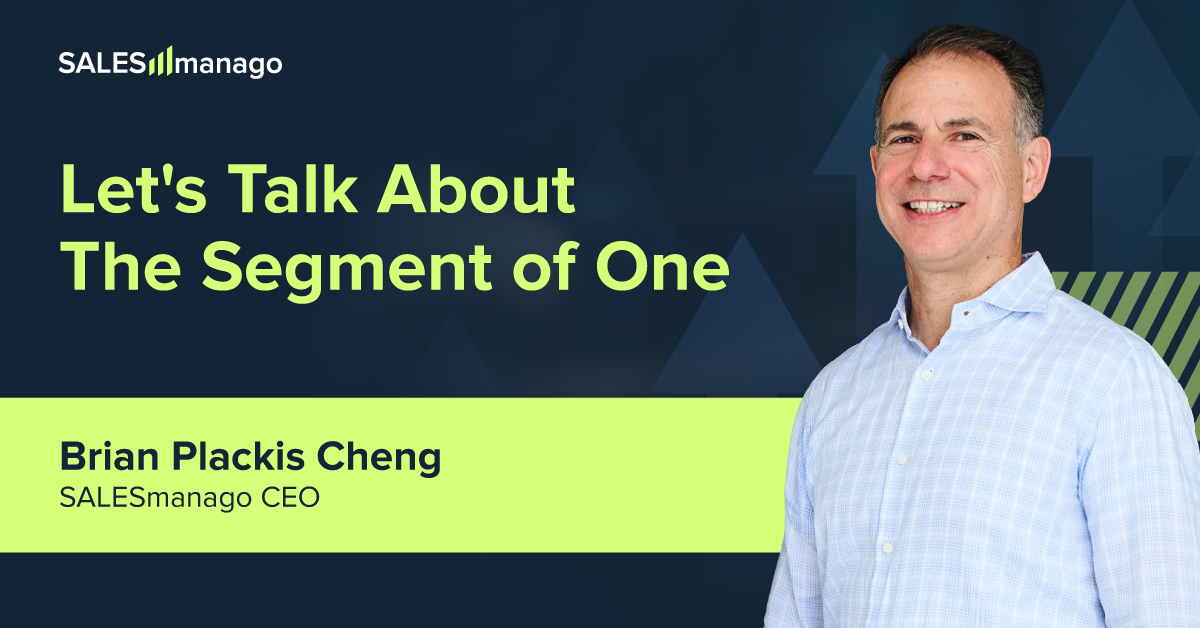
For any marketer who has built a career over the past two decades, the customer segment has been our most trusted tool. It was the engine that allowed us to move from the broadcast model of mass marketing to a more relevant, targeted approach, and for a long time, it was our primary competitive advantage.
And it worked brilliantly. The truth is, many of today's most successful brands were scaled on the back of a smart segmentation strategy. It allowed us to be more efficient, more effective, and to build stronger connections with our audience than ever before. It has a legacy worth respecting.
But the very foundation that enabled this growth is now, ironically, becoming a bottleneck. The market has accelerated, customer expectations have shifted, and the tools at our disposal have become exponentially more intelligent. As leaders, our job is to recognise when the tools that brought us here are no longer sufficient to get us where we need to go next.
The Flaw in the Foundation: Why Segments Fail in a Real-Time World
The fundamental flaw in the traditional segment is that it was designed for a different era of customer interaction. It is a tool that forces us to market to an average—a statistical composite of past behaviours. But we don't do business with averages; we do business with individuals. And today's customer, who expects and demands real-time relevance, can feel the difference instantly.
This flaw creates a critical problem in today's market: segments ignore individual context. A segment might tell you who a customer is demographically or what they've bought in the past, but it tells you nothing about their intent right now. Consider two customers in your 'London-based, high-value runner' segment. The first is on your site for the third time this week, actively comparing two specific pairs of marathon shoes and has one in their cart. The second has just landed on a blog post from a social media link and is casually browsing jackets. To your segment-based automation, they are identical. They both receive the same generic 10% discount voucher for running gear.
For the first customer, you’ve potentially left money on the table—they were ready to buy at full price, but you offered a discount out of habit. For the second, the offer is irrelevant to their immediate interest, and you've missed the chance to engage them with content about jackets. This is the daily reality of a segment-first strategy: a constant stream of missed opportunities and wasted marketing spend.
When we use a historical segment to dictate a present-moment experience, we are, by definition, a step behind our customer. The segment has become a rearview mirror in a world that demands a clear, predictive view of the road ahead. It is a blunt instrument in an age that requires surgical precision.
>> Read about AI-powered transactional segmentation
Your Next Competitor Isn't a Company, It's a Capability
For decades, we’ve been trained to watch our competitors' every move—their pricing, their products, their campaigns. But the next great disruption to your business won't come from a familiar rival. It will come from a new capability: the ability to treat every single customer as a unique "Segment of One."
This isn't just about creating smaller, more niche segments. This is a fundamental architectural shift from one-to-many communication to true, dynamic 1-to-1 personalisation. It’s the ability to understand and act on an individual customer's real-time intent, at scale.
The first company in your market that achieves this will instantly and irrevocably reset customer expectations for everyone. Overnight, any brand still communicating in broad segments will look outdated, slow, and disconnected. The "Segment of One" is the new benchmark for what a relevant customer experience feels like, and it will become the dividing line between the brands that lead the next decade of commerce and those that are left behind.
1-to-1: The Architecture of a Hyper-personalisation
Achieving this new level of personalisation is not a matter of simply buying another tool or optimising your current campaigns. It requires a fundamental shift in your company’s marketing architecture. The technology that powered the age of the segment was never designed to understand or act on the real-time needs of a single individual. To compete in this new reality, leaders must build a new kind of engine.
This engine has two core, inseparable components.
First, you need a unified data brain. To understand a customer as an individual, you must first be able to see them as one. This is the role of an AI-powered Customer Data Platform (CDP). It is the only technology architected to ingest every fragment of customer data—from their first anonymous website visit to their most recent support ticket and every interaction in between—and unify it into a single, persistent, real-time profile. This is the foundational layer, the single source of truth that makes individual understanding possible.
Second, you need an intelligent decision-maker. Data, no matter how unified, is useless without the ability to act on it at speed and scale. This is the role of Artificial Intelligence. AI is the only technology capable of analysing the billions of data points in a unified profile in real time to make intelligent decisions. It is the brain that powers predictive recommendations, dynamic on-site content, and the "next-best-action" models that ensure you are delivering the perfect message to the perfect person at the perfect moment. Together, these two components form the engine of the modern, personalised commerce experience.
A Glimpse into the Future of eCommerce
This shift from averages to individuals is not just a theoretical concept; it's a new operational reality. When your marketing is powered by a true "Segment of one" engine, the entire customer experience is transformed. The static, one-size-fits-all model of eCommerce becomes a fluid, dynamic, and intelligent conversation.
Imagine a living website, where the homepage reconfigures its layout, content, and offers in real-time for every single visitor. A first-time browser sees your brand story and bestsellers. A loyal customer returning to the site is greeted with a personalised banner featuring new arrivals in their favourite category, bypassing the standard content entirely. The website ceases to be a fixed digital storefront and becomes a unique, personal boutique for every visitor.
Consider the power of the predictive offer. Instead of waiting for a customer to abandon their cart, the system’s AI can predict a high propensity to purchase and proactively deliver a smart, contextual offer to close the deal. This isn't about generic discounting; it's about using intelligence to present the right product, at the right price, at the precise moment of intent, creating a frictionless path to purchase.
This culminates in the autonomous customer journey, where the entire lifecycle—from onboarding to retention—is managed by the AI. It delivers a unique sequence of messages, content, and experiences across all channels, tailored to an individual's real-time behaviour and predicted needs. This is the future of customer engagement, and it is being built today.
The Strategic Imperative: Embracing the 'Segment of One'
The transition from a strategy built on averages to one built on individuals is, in my view, the single most important evolution facing our industry. This is not a simple technology upgrade to be delegated to the IT department; it is a fundamental shift in business philosophy, from managing groups to understanding and serving a "Segment of One."
It encourages us as leaders to reflect on our own organisations. Is our data a strategic asset, unified and intelligent, or is it a fragmented liability? Is our technology an engine for real-time personalisation, or is it an anchor holding us to the past?
The brands that will define the next decade of commerce will be those that answer these questions with honesty and act with conviction. The capability to deliver a true 1-to-1 experience is the new competitive frontier, and the time to start building a business that is ready for it is now.
Visual summary
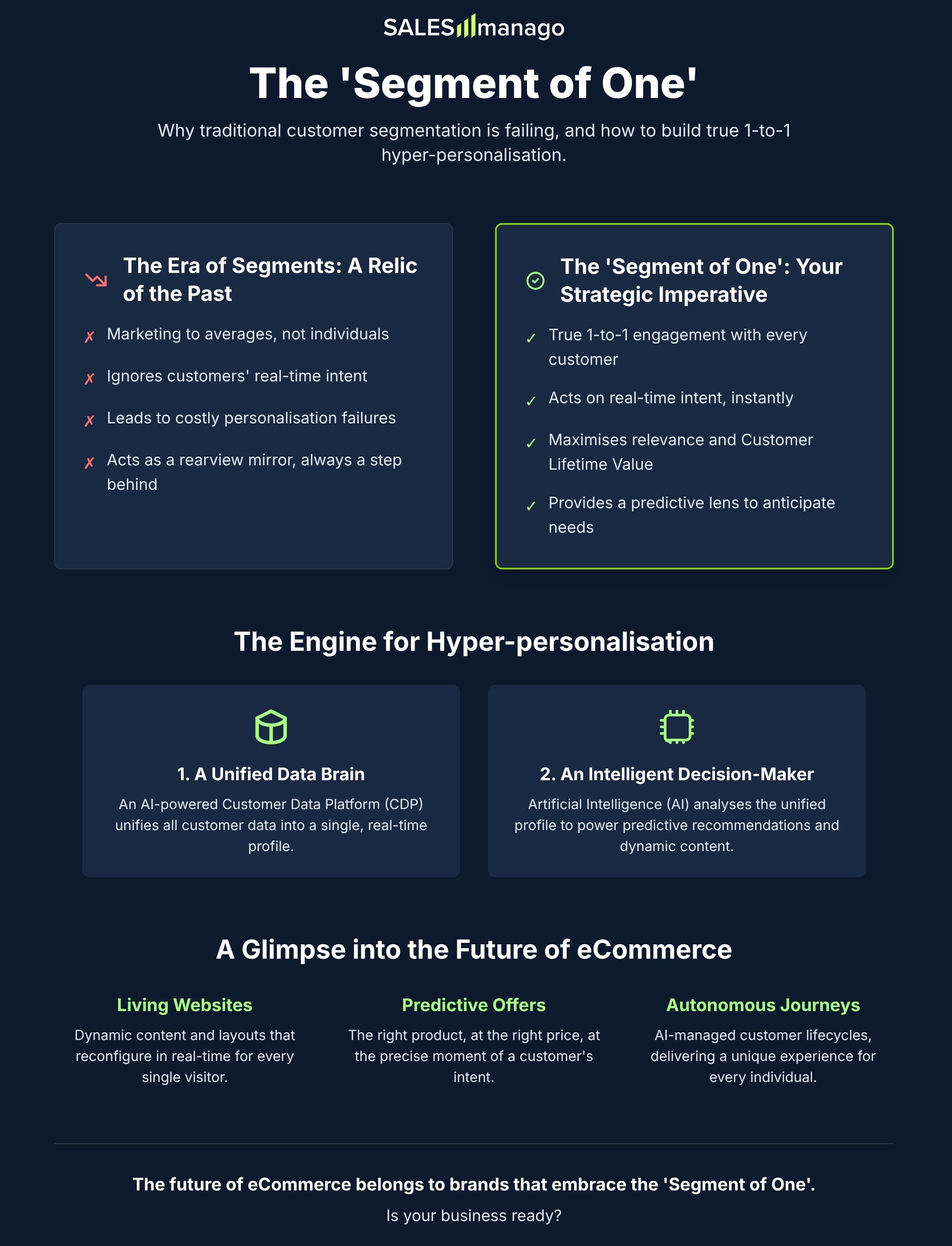
Latest posts
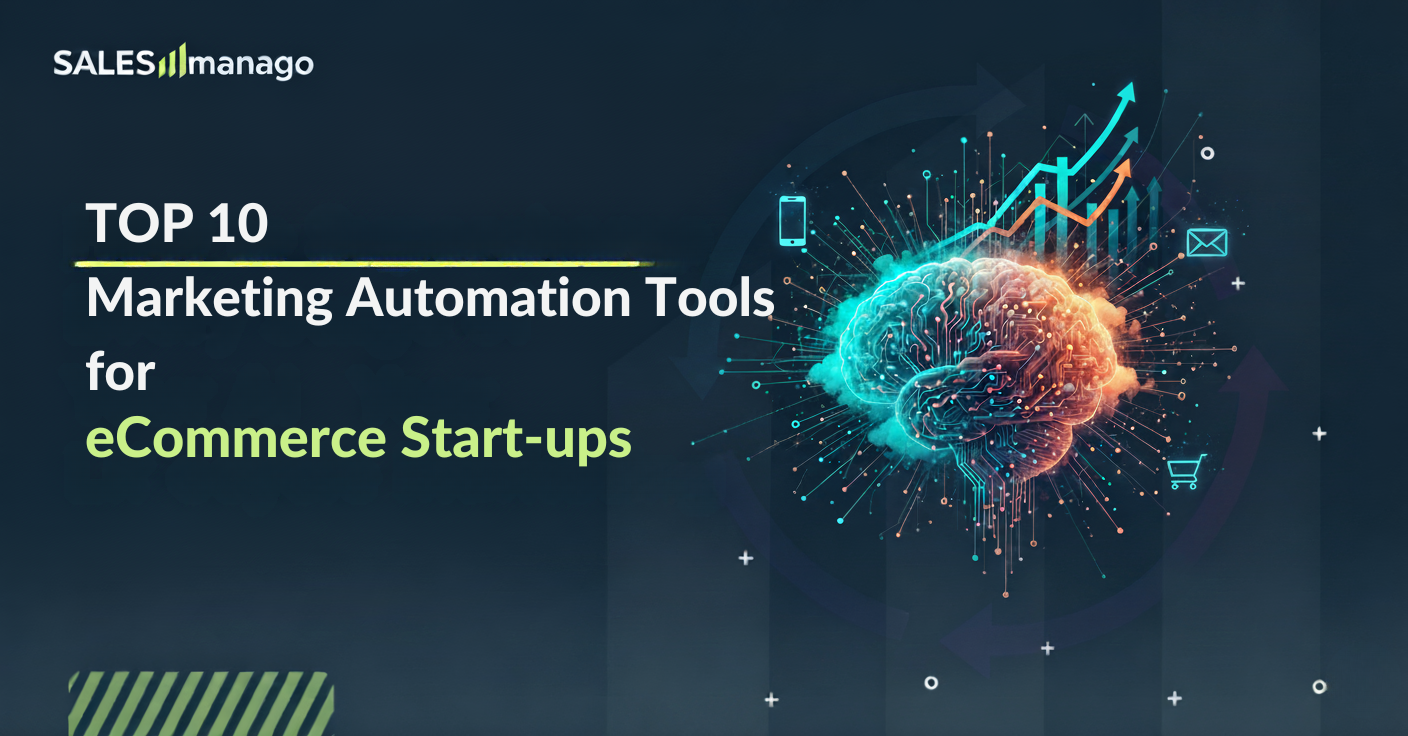
Top 10 Marketing Automation Tools for eCommerce Start-ups for 2026
In 2026, building momentum quickly is everything. For ambitious startups, a modern marketing automation platform is the multiplier. These systems help you send the right message at the right time, reduce repetitive work, and turn leads into customers without burning out your team. We'll explore ten tools that move you beyond basic email to personalised, unified ...
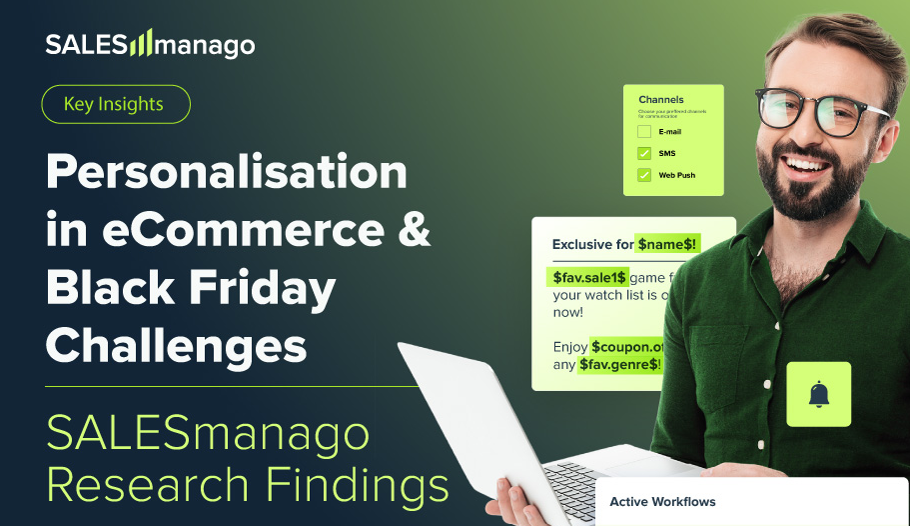
Personalisation is essential for eCommerce success, yet a quarter of marketers are missing Black Friday opportunities
New SALESmanago research reveals that 27% of marketers struggle with personalising offers during Black Friday, even though 99% see it as key to eCommerce successExecution is also a challenge for them, with almost half (47%) time-poor or “just about coping”
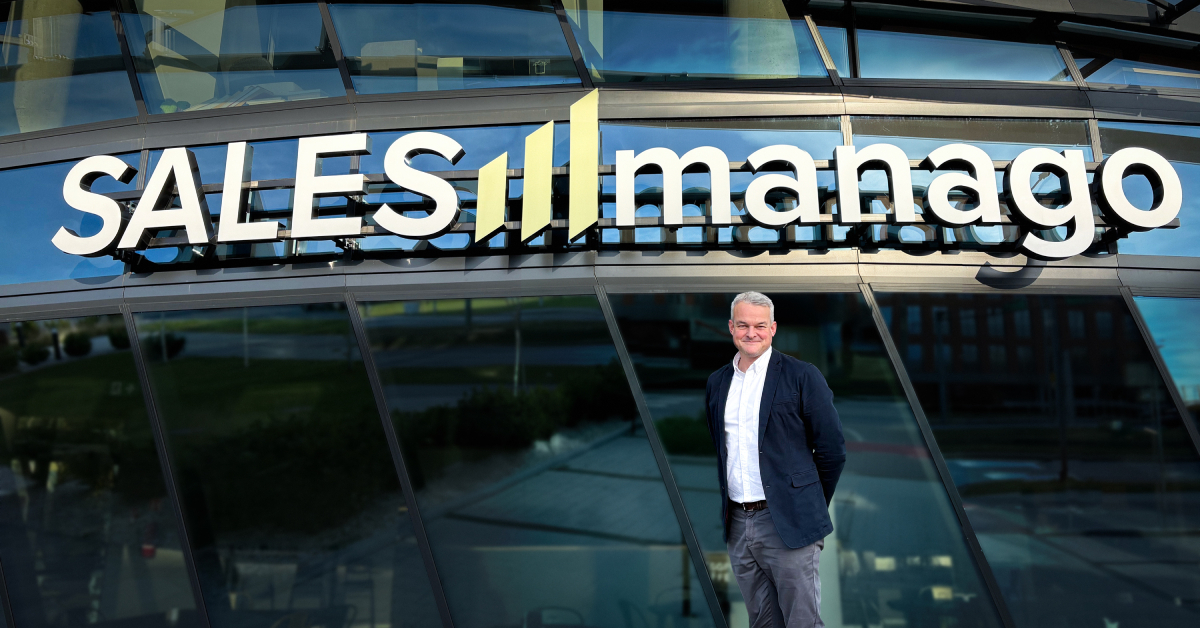
SALESmanago appoints Phil Draper as CEO to spearhead martech innovation and global growth
Draper will further strengthen SALESmanago’s AI capabilities & mission to help brands create seamless, data-driven customer experiences at scaleHe joins having spent over a decade at DotDigital, holding positions including CMO and General Manager EMEA
